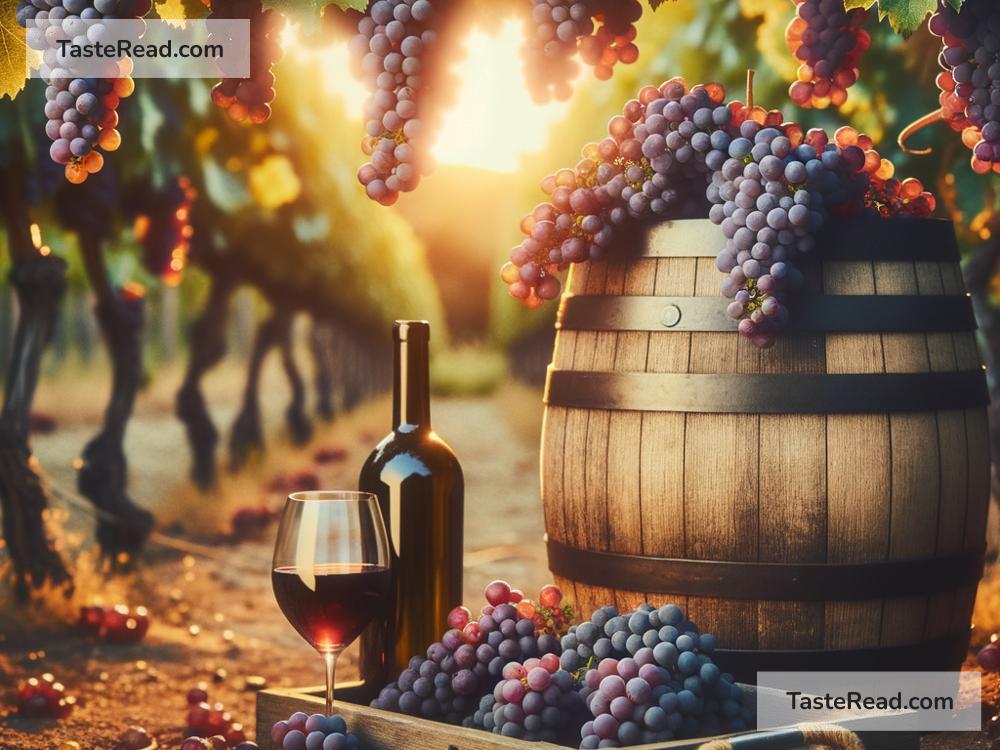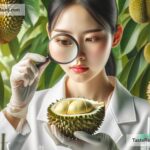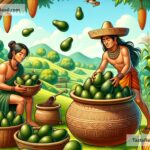The Curious Story Behind Grape Fermentation: A Natural Miracle
Wine is one of humanity’s oldest and most beloved beverages, enjoyed around the world for centuries. Its journey from humble grape to rich, flavorful drink is a fascinating tale—a curious story of science, tradition, and nature working hand in hand. At the heart of this transformation lies fermentation, a magical process that turns grape juice into wine.
What is Fermentation?
Fermentation is a natural chemical process where tiny organisms called yeast convert sugars into alcohol and carbon dioxide. This fascinating process is what makes wine alcoholic and gives it its complexity and depth of flavor. While fermentation might seem like a modern scientific discovery, it is actually ancient—older than written history.
The Accident That Started It All
The story of grape fermentation dates back thousands of years, long before humans understood the science behind it. Early humans likely stumbled upon the process by accident. Imagine this: A bunch of ripe grapes gets crushed by nature—maybe stepped on by animals, or simply rotting in the sun. Left alone in a container made of clay or wood, the juice begins to bubble and change. The sweet taste of grape juice transforms into something tangy, bold, and slightly intoxicating.
Early humans experimented with this mysterious drink, and over time, they realized they could recreate the process with a bit of planning. By observing and refining what nature had already done, our ancestors slowly laid the foundation for the winemaking traditions we know today.
How Yeast Does the Work
Yeast is like the star of fermentation, though it’s so tiny you need a microscope to see it. Wild yeast is all around us—in the air, on the skins of grapes, and even on our hands. When grapes are crushed, the yeast naturally gets into the juice and gets to work.
Yeast feeds on the sugar in the grape juice and produces alcohol as a byproduct. This is why wine has alcohol—it’s essentially fermented sugar. Beyond alcohol, the yeast also releases carbon dioxide (though this escapes into the air in most winemaking processes unless you’re making sparkling wine).
The flavors and aromas of wine aren’t just about the grapes themselves; yeast also plays a huge role. Different types of yeast can add unique notes, such as hints of bread, fruit, or even spiciness. Today, winemakers choose between wild yeast (which comes naturally from the environment) or specially cultured yeast to control the flavor of their wines.
The Birth of Winemaking
As humans gained more experience with fermentation, winemaking evolved into an art form. Thousands of years ago, ancient civilizations in Mesopotamia, Egypt, and Greece started to make wine as part of their culture, rituals, and daily life. They stored grape juice in clay pots, letting the fermentation process happen naturally. This was likely the first step in making wine on purpose, rather than simply stumbling upon it.
In ancient Greece, wine became a symbol of celebration and wisdom. The Greeks even had a god of wine named Dionysus! Roman civilization took winemaking to the next level, spreading grape cultivation across Europe, refining fermentation techniques, and inventing new ways to store and transport wine.
By the Middle Ages, wine was a cornerstone of European culture, and monasteries played a big role in improving winemaking methods. Monks carefully studied fermentation and created some of the world’s most famous wine regions, like Burgundy in France. Their detailed records helped future generations understand the wonders of grape fermentation even better.
Modern Science Meets Age-Old Tradition
For thousands of years, humans relied on observation and tradition to understand fermentation. But in the 19th century, a curious scientist named Louis Pasteur discovered the microbiological secrets behind this process. He proved that yeast was responsible for turning grape juice into wine, unlocking the science behind what had been a mysterious natural phenomenon.
Pasteur’s work revolutionized winemaking. With his discoveries, winemakers no longer had to rely solely on luck or intuition. They could now control fermentation more precisely, creating consistent and high-quality wines.
Today, the winemaking process blends tradition with cutting-edge science. Modern winemakers use specialized equipment and techniques to monitor fermentation. They control the temperature to avoid overheating, choose specific yeast strains for desired flavors, and even experiment with different fermentation methods—such as aging wine in oak barrels or steel tanks.
Why Grape Fermentation is Magical
What makes grape fermentation so fascinating is its simplicity and power. The entire process stems from natural forces working in harmony. Grapes provide sugar, wild yeast turns it into alcohol, and humans guide the process to create a drink that connects us through time, culture, and celebration.
Every glass of wine is like a portal to thousands of years of history. When you sip a Cabernet Sauvignon or a Chardonnay, you’re experiencing the result of a curious process that started with crushed grapes in the wild. It’s a reminder that some of the best things in life are born from simple, natural miracles.
So next time you enjoy a glass of wine, raise it to the curious story of grape fermentation—an ancient partnership between nature and humans that continues to spark joy and wonder around the world. Cheers!


